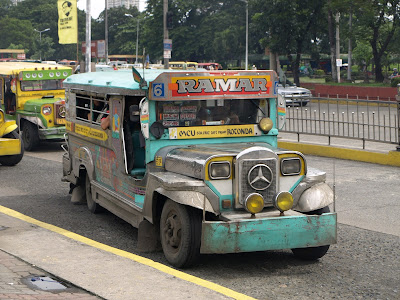Much has been made of the federal government's plan for 40% of 25 to 35 year olds to attain a bachelor's degree by 2025. While this is a laudable objective, one has to question the validity of future job roles in Australia.
The Australian economy is built primarily on consumerism with the service sector accounting for around 68% of gross domestic product. The resources sector, widely acclaimed for protecting the nation from recession in 2001 and 2008 accounts for 10% of GDP, mining related activity accounts for a further 9% of GDP.
That being said, the resources sector employs approximately 267,000 people out of 11,600,000 employees in Australia. The services sector is rather ambiguously described as non agriculture, mining, manufacturing, forestry and fishing. The services sector relates to but is not limited to such diverse areas of education, finance and insurance, health, government, transport and retail trade.
Training technicians to maintain equipment in the mining sector is vital to increasing productivity. Off-the-job training is conducted in engineering workshops utilising contemporary equipment and current workplace practices.
A variety of machine types and manufacturers are available for training, some people feel mining is all about digging big holes in the ground. This could not be further from the truth, modern mining is driven by technology and process. Mechanised mining processes in my sphere of expertise include loading and hauling equipment, dozing, grading, drilling and lifting.
Apprentices are employed by host employers under a training contract gaining on-the-job learning experience, they are released by their respective employers to attend the college to study specific machine systems.
The earning ability of technical trade based qualifications in many instances exceeds that of university qualifications. It is no surprise that many trainees already possess university qualifications before undertaking trade based training; many graduates lack opportunities once they complete their studies.
Furthermore, they are saddled with HECS debts in the tens of thousands of dollars. The advantage of an apprenticeship is that the trainee is earning an income during their training; engineering trades usually are for a duration of three and a half years but as the training is competency based, they may be shortened accordingly.
An electronic engine and transmission simulator builds diagnostic skills to trouble-shoot machine electronic management systems. Electronic management systems are widespread on modern machinery that control and monitor engine, fuel, transmission, hydraulic, braking, suspension, steering, driveline and machine monitoring.
The modern technician must be must be fluent in technical systems, the learning programs begin on mechanical systems building to electronic controlling systems from leading equipment manufacturers.
On-machine transmission testing allows trainees to undertake original equipment manufacturer testing procedures that occur on production sites in real world applications. The mobile plant is relatively small as compared to machinery operating on current projects, the college does not have the space to house and operate full size equipment but the principles remain the same.
The machines are brought into the engineering workshop; parked in dedicated bays, the trainees undertake specific manufacturer testing to build diagnostic abilities. Generally, the machines are not purchased new, older machines that have been retired from production and rebuilt by trainees to new machine specifications.
The engineering workshops provide pre-employment training for students, the advantage of this form of off-the-job training exposes trainees to real world engineering workshop processes. Trainees also learn employability skills such as teamwork, communication, planning and sequencing activities, literacy and numeracy, learning and problem solving.
The fuel injection test equipment may be old school, however, the advantage for students is that they view the mechanical systems initially. They are then exposed to electronic systems building on prior knowledge learnt in initial training developing complex problem solving abilities.
Diesel fuel calibration and phasing equipment provides hands on testing for components that have been overhauled during the course. Diesel fuel injection is a specialised area.
However, trainees are exposed to current diesel fuel systems, although they may never work in a fuel room, the operational factors develop diagnostic abilities for on-machine testing and problem solving.
Testing hydraulic injectors is performed in dedicated laboratories; typical labs include diesel fuel injection, hydraulic, transmission and electrical rooms.
Engines are run-up on a hydraulic dynamometer, a load testing rig to measure engine output loading the engine in a similar manner to actual operating conditions. Faults are induced in the system; trainees are required to diagnose faults using electronic troubleshooting equipment.
University graduates learn engineering principles; they do not learn machine engineering maintenance, repair, overhaul and diagnostic principles - this is the domain of vocational education and training colleges.
Government assumptions of 40% university graduates fails to address key maintenance and diagnostic skills required for critical engineering roles. Currently, industry fails to train technicians instead resorting to importing skilled workers internationally.
Included in this grouping needs technicians in critical skills areas; 40% of graduates must include college trained trades, their value to the economy far exceeds the cost of training. Properly funded colleges equipped with the latest equipment allows lecturing staff to develop trainees skills to maintain and repair complex machinery.
















.jpg)
































